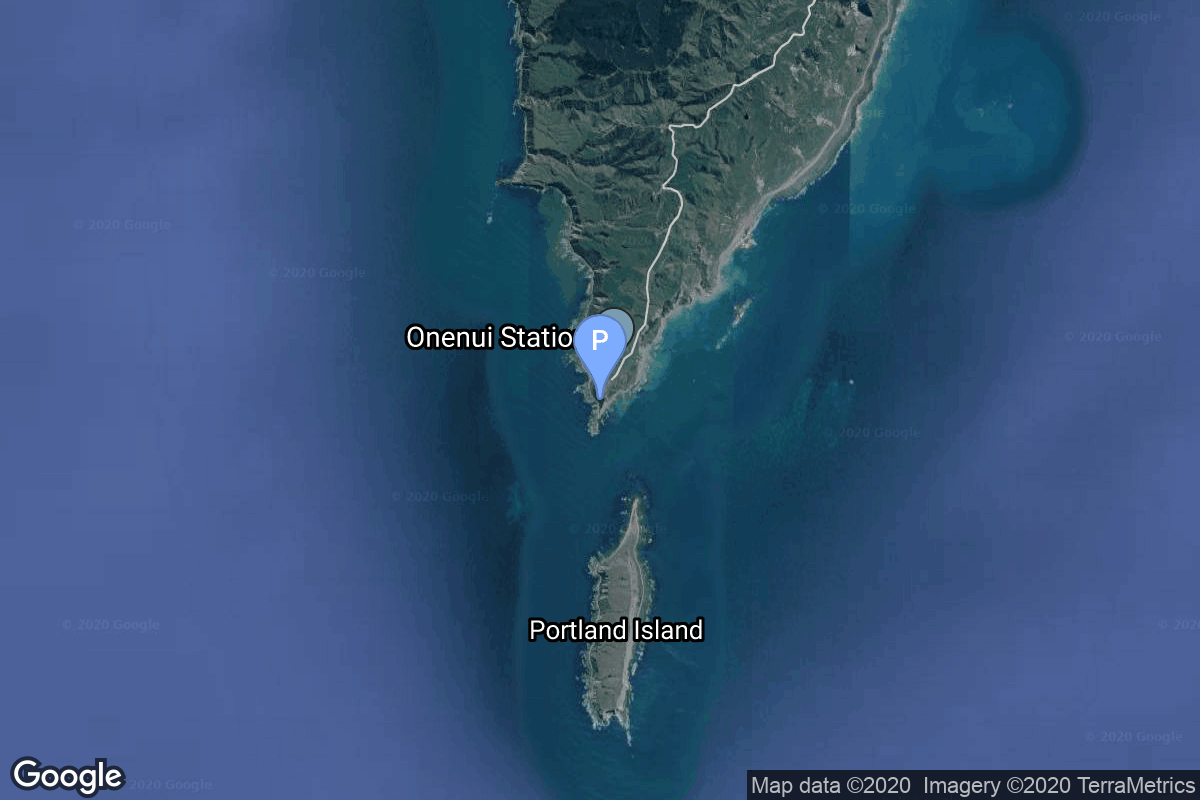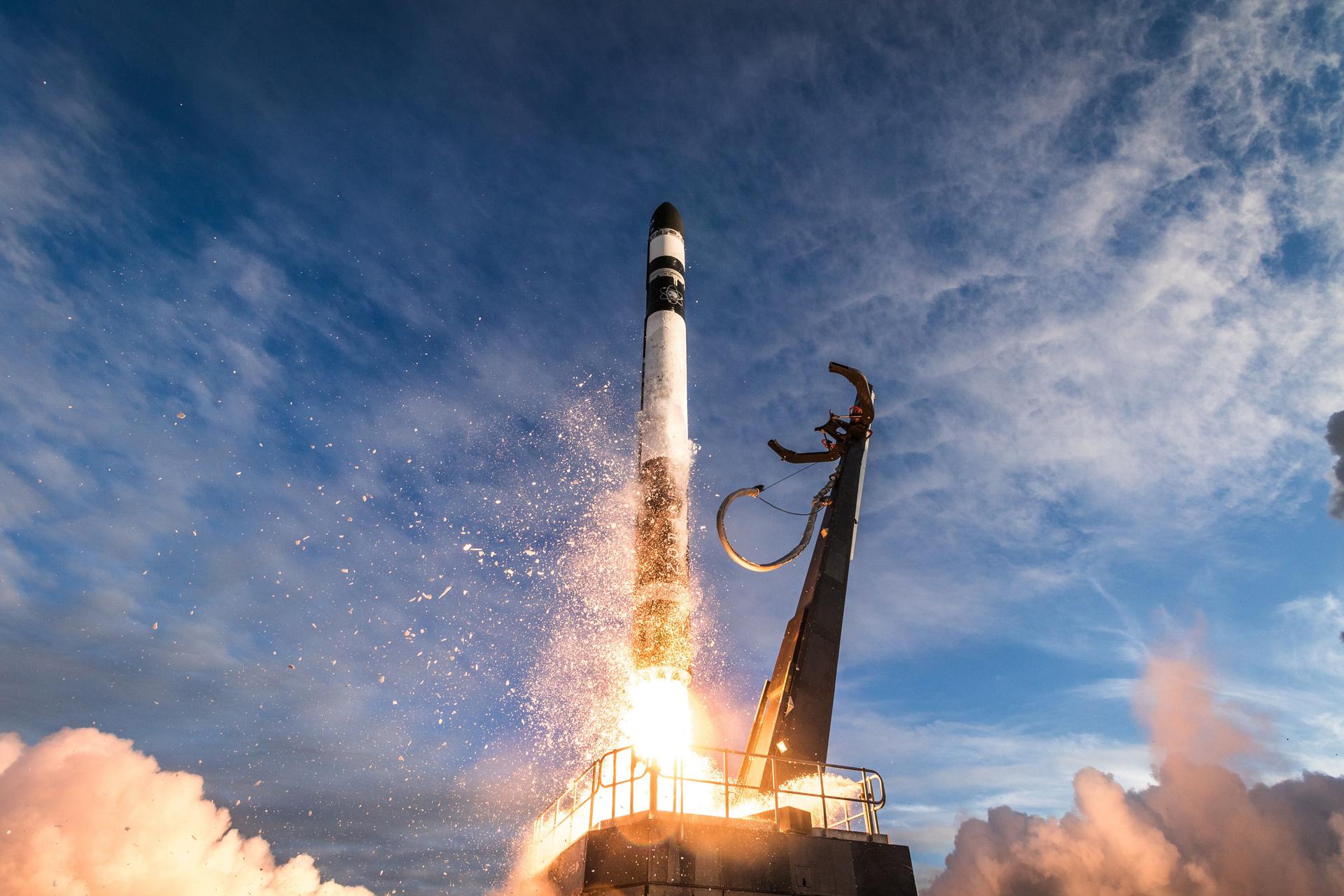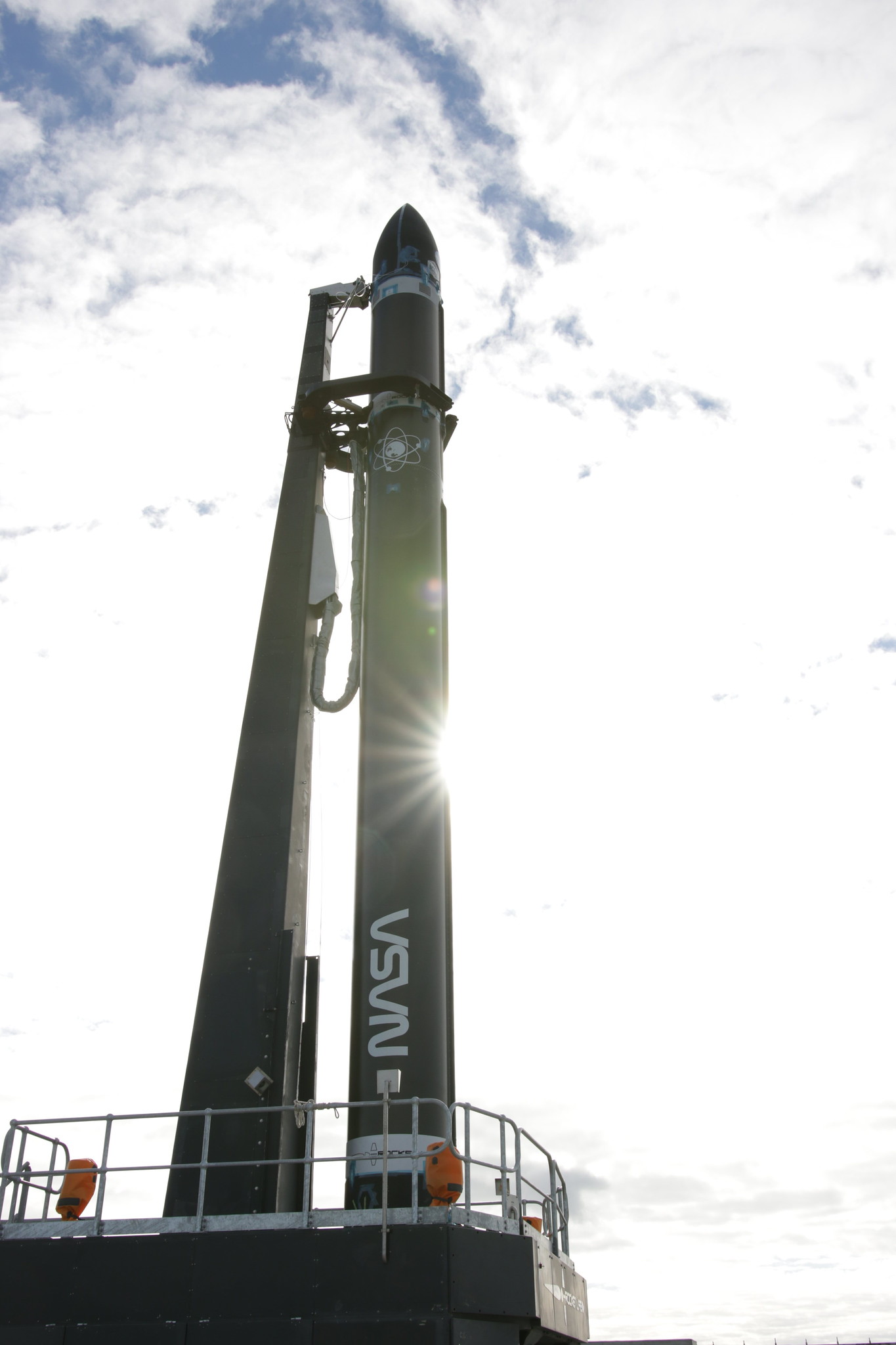CAPSTONE
Electron
Rocket Lab
Weather Forecast During Launch
According to weather officials, there’s a 75% chance of favorable weather conditions at the time of the launch.
Trajectory
View comprehensive details including the rocket’s trajectory, velocity, altitude, thrust, and more at FlightClub.io.
Mission
CAPSTONE
- Type: Planetary Science
- Orbit: Lunar Orbit
- Launch Cost: $6,000,000
CAPSTONE (Cislunar Autonomous Positioning System Technology Operations and Navigation Experiment) is a 12-U cubesat mission to test operations in near rectiliniar halo orbit around the Moon, which is to be used for the Lunar Gateway space station. Mission will verify the near rectilinear halo orbit characteristics, spacecraft-to-spacecraft navigation services in that orbit, and provide valuable experience of small sat launch to the Moon.
Location
Rocket
Rocket Lab Electron
Electron is a two-stage orbital expendable launch vehicle (with an optional third stage) developed by the American aerospace company Rocket Lab. Electron is a small-lift launch vehicle designed to launch small satellites and cubesats to sun-synchronous orbit and low earth orbit. The Electron is the first orbital class rocket to use electric-pump-fed engines, powered by the 9 Rutherford engines on the first stage. It is also used as a suborbital testbed (called HASTE) for hypersonics research.
Landing
Core 27
Booster 27 last launched 06/28/2022 and has seen 0 successful launches and landings. Booster used during the NASA Capstone mission.
Booster features the NASA Worm logo and was flown without onboard cameras to save weight.
South Pacific – PAC
Pacific Ocean off the coast of Mahia Peninsula, New Zealand.
Expended – EXP
Vehicle did not perform any landing operations after launch
Agency
Rocket Lab
Rocket Lab is an American aerospace manufacturer with a wholly owned New Zealand subsidiary. The company develops lightweight, cost-effective commercial rocket launch services. The Electron Program was founded on the premise that small payloads such as CubeSats require dedicated small launch vehicles and flexibility not currently offered by traditional rocket systems. Its rocket, the Electron, is a light-weight rocket and is now operating commercially. The company is also producing a variety of spacecrafts and spacecrafts components.




Go Rocket Lab. This experiment will make way for the “Lunar Gateway Space Station” and provide appropriate navigational capabilities in lunar orbit which is essential .
Small satellites around the moon here we come .
Up up and away homes and don’t forget your lollipops
Slip those surly bonds … Counting down, looking your way 28th!
Great launch by our N.Z space friends, that little microwave size cubesat should arrive around the moon in November so take care folks .
GOOD NEWS:
Communication with the cubesat is back on track next stop moon orbit.!